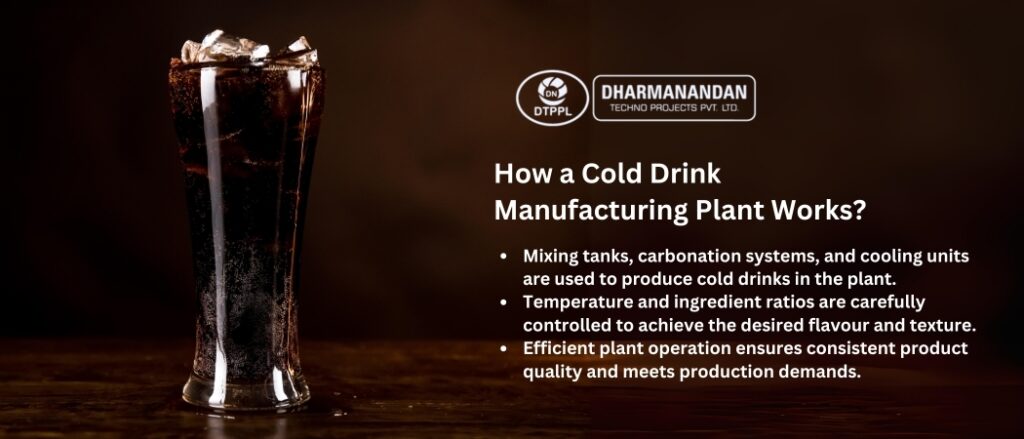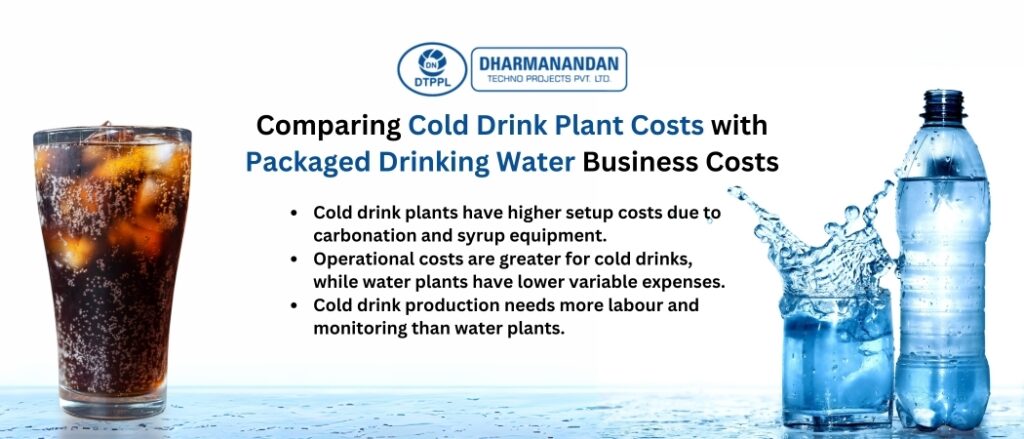
The Role of Carbonation in Soft Drink Production
September 20, 2024
Carbonation is the process of dissolving carbon dioxide (CO2) in a liquid, creating a fizzy or effervescent effect. This process began in the late 18th century when Joseph Priestley discovered that CO2 could be infused into water. The resulting carbonated water was first commercially produced and sold, revolutionizing beverage consumption.
Today, carbonation is a crucial aspect of soft drink production, contributing to the drink’s refreshing quality and distinctive taste. It enhances the overall drinking experience by adding a lively texture and stimulating the palate, which is why carbonation remains a popular choice in the beverage industry.
Importance of Carbonation in Soft Drinks
Carbonation plays a significant role in the sensory experience of drinking soft drinks. The bubbles created by CO2 provide a tingling sensation that enhances the perception of freshness and effervescence. This fizzy quality is often associated with a more enjoyable drinking experience.
Moreover, carbonation can also influence the flavor profile of soft drinks. The presence of bubbles helps in the release of aromatic compounds, intensifying the drink’s taste. As a result, carbonation not only makes the beverage more enjoyable but also ensures that the flavors are more pronounced.
How Carbonation Works?
Carbonation is a chemical process where carbon dioxide gas is dissolved into a liquid under pressure. This process creates carbonic acid, which is responsible for the tangy taste and fizzy sensation in carbonated beverages.
When the pressure is released, such as when opening a soft drink, the CO2 comes out of solution in the form of bubbles, producing the characteristic fizz. This release of gas is what gives carbonated drinks their effervescence and contributes to their overall sensory appeal.
Steps in Carbonating Soft Drinks
The carbonation process involves several key steps to ensure the proper infusion of CO2 into the beverage. Initially, the soft drink mixture is chilled, as colder liquids hold more CO2. Next, the carbon dioxide is introduced under high pressure, allowing it to dissolve thoroughly.
Following this, the carbonated beverage is carefully mixed to ensure even distribution of CO2. Finally, the drink is packaged in a sealed container to maintain carbonation until it reaches the consumer. Each step is crucial to achieving the desired level of fizziness and flavor.

Types of Carbonation Systems
Carbonation systems can be broadly categorized into natural and artificial methods. Natural carbonation occurs when beverages are fermented, producing CO2 as a byproduct. This method is less common in modern soft drink production but is used in some specialty beverages.
Artificial carbonation involves mechanically injecting CO2 into the liquid. This method is preferred for its consistency and control, allowing manufacturers to precisely adjust the carbonation levels according to their specifications. Each system has its advantages and applications depending on the desired outcome.
Components of a Carbonated Soft Drink Plant
A carbonated soft drink plant comprises several essential components that work together to produce and package beverages. Key machinery includes carbonation units, which infuse CO2 into the drink, and mixing tanks, where ingredients are combined.
Additionally, the plant requires filtration systems to ensure water quality, as well as bottling lines equipped with carbonated soft drinks filling machines to package the finished product. Each component plays a crucial role in maintaining the efficiency and quality of the production process.
Setup and Layout of a Carbonated Soft Drink Plant
Setting up a carbonated soft drink plant involves careful planning of the layout and equipment placement to optimize workflow. The plant must be designed to accommodate various stages of production, including mixing, carbonation, and bottling.
Effective layout design minimizes production bottlenecks and ensures smooth transitions between different stages of the process. It also includes considerations for maintenance access, safety, and compliance with industry standards, ensuring a streamlined and efficient production environment.
Role of Carbonated Soft Drinks Filling Machine
The carbonated soft drinks filling machine is a critical piece of equipment in the bottling process. It is designed to handle the unique requirements of carbonated beverages, such as maintaining carbonation levels and preventing foaming during filling.
These machines come in various types, including volumetric and pressure-based systems, each suited to different production needs. Choosing the right filling machine is essential for ensuring consistent quality and efficiency in the bottling process.
How a Cold Drink Manufacturing Plant Works?
A cold drink manufacturing plant is equipped to produce a variety of chilled beverages, including carbonated soft drinks and other cold drinks. The plant setup typically includes mixing tanks, carbonation systems, and cooling units to ensure optimal product quality.
The manufacturing process involves careful monitoring of temperature and ingredient ratios to achieve the desired taste and texture. Efficient plant design and operation are key to maintaining consistent quality and meeting production targets.

Ensuring Quality in Carbonated Soft Drinks
Ensuring quality in carbonated soft drinks involves implementing rigorous quality control measures throughout the production process. This includes regular testing for carbonation levels, flavor consistency, and overall product integrity.
Quality control checks are essential to detect any deviations from desired specifications and address them promptly. Maintaining high standards in quality control helps ensure that each batch of soft drinks meets consumer expectations and regulatory requirements.
Testing Carbonation Levels
Testing carbonation levels is a critical aspect of quality control in soft drink production. Accurate measurement of CO2 levels ensures that the beverage has the right amount of fizz and maintains its intended flavor profile.
Various methods are used to test carbonation, including pressure gauges and lab analyses. Regular testing helps identify any issues with carbonation levels and allows for adjustments to be made to maintain product consistency and quality.
Comparing Cold Drink Plant Costs with Packaged Drinking Water Business Costs
The costs of setting up a cold drink plant versus a packaged drinking water business can differ significantly. A drinking water plant primarily requires investments in water treatment equipment, filtration systems, and bottling machines to ensure the production of safe, clean water. On the other hand, a cold drink plant involves additional processes like carbonation and flavouring, which lead to higher equipment expenses, including carbonation units and syrup mixing tanks. While water production tends to have lower variable costs, cold drink manufacturing incurs additional costs related to raw materials like syrups and flavourings.
When comparing operational expenses, cold drink plants typically have higher costs due to the complexity of production, while the water business may have lower overall variable costs but still requires ongoing maintenance and regulatory compliance. Staffing and operational needs also vary, as cold drink production involves more stages, increasing labour and monitoring requirements. A detailed cost analysis of both options is crucial for assessing profitability and making informed investment decisions in either market.

Conclusion
Understanding the role of carbonation in soft drink production is crucial for both manufacturers and consumers. Carbonation not only enhances the sensory experience of soft drinks but also plays a vital role in the overall production process. From the initial infusion of CO2 to the final packaging, each step is designed to maintain the beverage’s effervescence and quality. The technology and equipment used, such as carbonated soft drinks filling machines and cold drink manufacturing machines, are integral to achieving the desired level of fizz and ensuring product consistency.
As the beverage industry continues to evolve, staying informed about advancements in carbonation technology and production machinery will help manufacturers optimize their processes and meet consumer demands. For those interested in entering or expanding within the beverage market, understanding the nuances of carbonation and its impact on production can provide a significant competitive edge. Ultimately, the meticulous attention to detail in carbonation and manufacturing processes ensures that consumers enjoy the refreshing and delightful experience that soft drinks offer.
